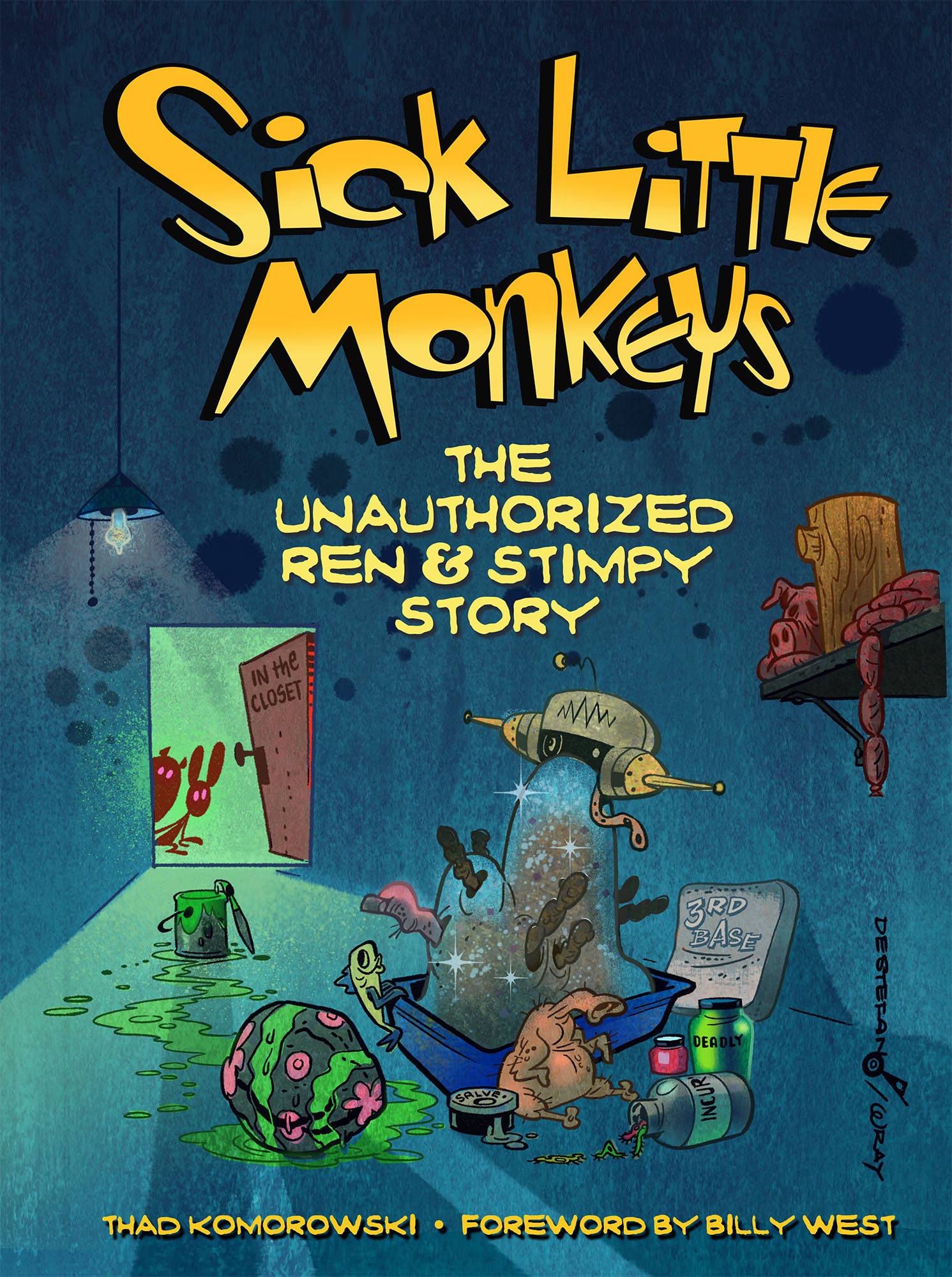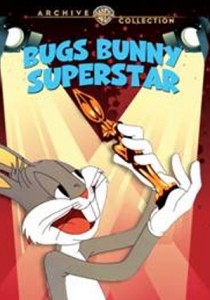 Recently released by the Warner Archive on-demand service was the 1975 film Bugs Bunny Superstar, the documentary produced and directed by Larry Jackson and hosted by Bob Clampett.
Recently released by the Warner Archive on-demand service was the 1975 film Bugs Bunny Superstar, the documentary produced and directed by Larry Jackson and hosted by Bob Clampett.
I would probably agree with those saying this is hardly a release worth getting excited about if I didn’t already have it. The film was regular filler material for TNT for much of the 1980s and 1990s and I had it memorized by heart. Clampett’s voice and the 1936 footage of Tex Avery (in live-action reference for his cartoon, I’d Love to Take Orders from You), had become as inseparable as any of the cartoons were to my childhood nostalgia. It was also included as a bonus feature on the fourth volume of the Looney Tunes Golden Collection.
What makes this particular release so special is the feature-length audio commentary provided by Larry Jackson himself (obviously recorded by himself on his own time, as so many bonus features are in this era of home video). It’s a far more informative piece on its own than the actual film is (save the visual accompaniments, the Warner story is better told in books by Leonard Maltin, Joe Adamson, and Mike Barrier). The stories Jackson relays, of getting the film made, approaching Orson Welles to narrate parts of it, dealing with Bob Clampett and Chuck Jones’s egos and charging most of the budget on his American Express card, complement the wacky tone of Bugs Bunny Superstar, but in a far less fluffy, earthlier manner.
As Jackson reminds us, hardly anything on the Warner cartoons had been written in the dark world of the mid-1970s, and the directors had every right to toot their own horns. Jackson is too gracious to say so, but Bugs Bunny Superstar was, unquestionably, a method of Clampett’s to spin the gospel of Looney Tunes his own way. In order to secure Clampett’s participation and access to the Clampett estate’s unprecedented collection of Warner history, Jackson had to sign a contract that stipulated Clampett would host the documentary and also have approval over the final cut.
It was obviously hard enough to condense the history of Warner cartoons into what was essentially thirty-minutes, and even harder with such a price attached to it. Jackson says that Clampett was very reluctant speaking about the other directors and their contributions. In Clampett’s own view, he was the underdog, the youngest of the directors (though Frank Tashlin was only older than him by a few months), and he felt most comfortable being the brashest and most rebellious one in order to get serious attention – an outlook clearly visible in his films and one that certainly caused unrest amongst his former colleagues in later years.
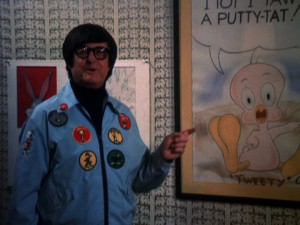 Beyond Clampett, Jackson talks about how he was supposed to interview Friz Freleng, Tex Avery, and Bob McKimson at DePatie-Freleng one Friday afternoon. Unfortunately, McKimson withdrew his offer that very day, saying he just wasn’t comfortable doing on-camera interviews. Mel Blanc told Jackson he never heard from Clampett about an interview, and that he would have declined for similar reasons (he was still frail from his auto accident some fourteen years earlier). Jackson claims Chuck Jones never formally declined; Clampett had spoken with Jones’s secretary, who said that Jones was out of town that month.
Beyond Clampett, Jackson talks about how he was supposed to interview Friz Freleng, Tex Avery, and Bob McKimson at DePatie-Freleng one Friday afternoon. Unfortunately, McKimson withdrew his offer that very day, saying he just wasn’t comfortable doing on-camera interviews. Mel Blanc told Jackson he never heard from Clampett about an interview, and that he would have declined for similar reasons (he was still frail from his auto accident some fourteen years earlier). Jackson claims Chuck Jones never formally declined; Clampett had spoken with Jones’s secretary, who said that Jones was out of town that month.
The final film is entertaining, and certainly not malicious in its short shrifts to the other directors. It was more or less a celluloid version of Bob Clampett himself: largely accurate, positively endearing, and takes for granted that the sun shone out of Bob Clampett’s every orifice at Termite Terrace when it often didn’t.
It was a low-budget thing, its sole purpose to make people view the Warner cartoons beyond Saturday morning treacle. It succeeded, but the sting hurt nonetheless. Jones’s ego was bruised by not being the star himself (Jackson speaks about how he briefly tried to negotiate with Warners to include one or two of Jones’s superior 1950s cartoons in the film, but was immediately declared crazy by the suits), and Avery certainly wasn’t happy with the story of Bugs Bunny’s origins as presented.
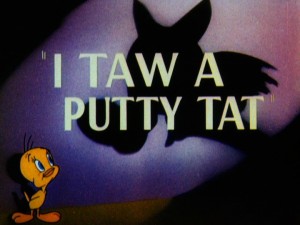 Freleng was blasé, as he often was regarding Clampett, only fuming when the latter fired off a genuine B.S. story (i.e. Clampett passing off the I Haven’t Got a Hat model sheet as his own, when it was actually the work of Freleng). Jackson talks about how, at the premiere of Bugs Bunny Superstar, Freleng consoled him and said not to worry too much about the politics at play. Clampett and Jones had been “squabbling like kids with sibling rivalry more or less since they were kids,” Freleng said. “And if the shoe had been on the other foot when you were making your film, Chuck would have probably done the same thing to Bob and give him the short end of the stick if he had the chance.” Freleng was, as usual, correct. Three years later, Jones produced and directed The Bugs Bunny-Road Runner Movie, and made a deliberate point of removing Clampett from Bugs’s “Hall of Fathers.”
Freleng was blasé, as he often was regarding Clampett, only fuming when the latter fired off a genuine B.S. story (i.e. Clampett passing off the I Haven’t Got a Hat model sheet as his own, when it was actually the work of Freleng). Jackson talks about how, at the premiere of Bugs Bunny Superstar, Freleng consoled him and said not to worry too much about the politics at play. Clampett and Jones had been “squabbling like kids with sibling rivalry more or less since they were kids,” Freleng said. “And if the shoe had been on the other foot when you were making your film, Chuck would have probably done the same thing to Bob and give him the short end of the stick if he had the chance.” Freleng was, as usual, correct. Three years later, Jones produced and directed The Bugs Bunny-Road Runner Movie, and made a deliberate point of removing Clampett from Bugs’s “Hall of Fathers.”
Jones eventually achieved his goal of being the “shining light” of Warner cartoons in the following decades, largely due to simple mathematics and less to do with self-promotion, as anyone could have predicted. Clampett did barely five years of high-quality animation, while Jones did (arguably) fifteen. No conspiracy – more work at a high level equals more attention and adulation. (“Ya can argue with me, but ya can’t argue with figures…”) Jones was like Alfred Hitchcock, in that he was always a self-conscious ‘artiste’ who went largely unrecognized during his heyday. When both men finally did gain deserved recognition, their best work was years behind them. But since it was at such a high level for such a long time it didn’t matter. Their reputations had been established and the reception was justified.
The squabbles and passion behind the Warner cartoons will always be of great interest to me, so Jackson’s enlightening commentary about being there when all of the brickbats went down was refreshing to hear from a non-partisan. Fortunately, things seem to be settling down, and Warner history as it stands is largely the way it should be.
But back to this release. Yes, do indeed get it. Jackson has many other entertaining anecdotes, and I won’t spoil any more of them. (Save one: did Bob Clampett really wear a wig? Answer: he didn’t.) There are also several behind-the-scenes photos, including one of Mel Blanc refusing a carrot offered by Jackson at one of the film’s premieres.
Looney Sluts can also rejoice for one intriguing extra, too. The picture element for I Taw a Putty Tat is sourced from a raw, original Cinecolor release print, so most of the original opening titles are intact. Unfortunately, they used the Blue Ribbon reissue’s soundtrack, so none of the animator and director credits remain, nor the original opening music. (A reminder: you can see those original titles, sourced from my own 16mm Cinecolor print, at this link.)
Anyone interested in animation history should purchase this DVD without hesitation. With the ongoing “5 for $50” sale at the Warner Archive site, you have no excuse.
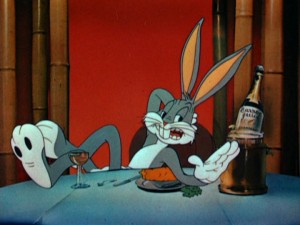

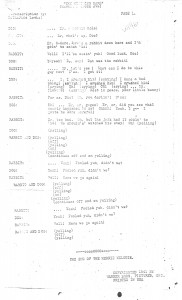
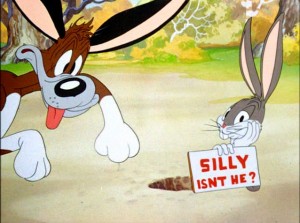
 Recently released by the Warner Archive on-demand service was the 1975 film
Recently released by the Warner Archive on-demand service was the 1975 film 


